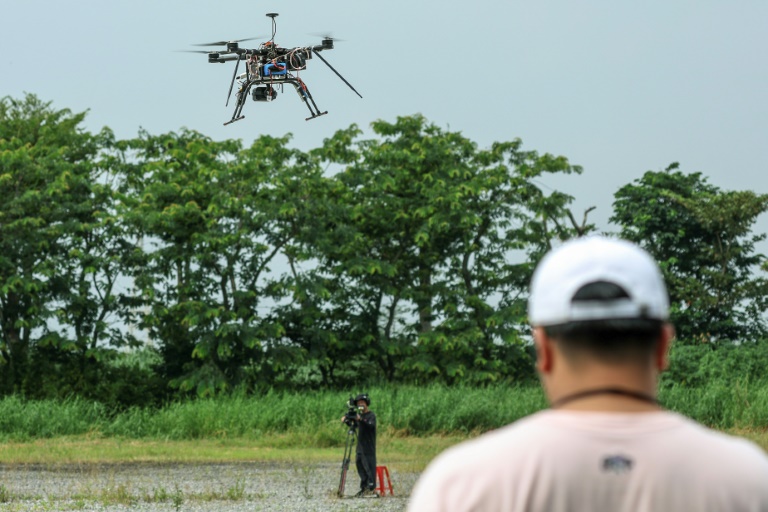
The Water Crisis
California has long struggled with water scarcity, with droughts becoming increasingly common and severe. These water shortages pose a significant challenge to the state’s agricultural industry, which relies heavily on irrigation to sustain its crops and ensure food production.
A Controversial Solution
In an effort to address the water crisis, California has implemented a controversial method – flooding its best farmland. By saturating the soil, the state believes it can recharge underground aquifers, replenishing its depleted water reserves.
The Benefits
Flooding farmland may seem counterintuitive at first, but it offers several benefits:
- Water Recharge: The primary objective of this approach is to restore groundwater levels. By allowing excess water to seep into the soil, it can replenish underground reserves that are crucial for meeting future water demands.
- Preventing Saltwater Intrusion: Flooding helps prevent saltwater from encroaching into groundwater sources. The excess freshwater flushes out saltwater, preserving the quality of California’s water supply.
- Restoring Wetlands: This method also promotes the restoration of wetlands, which serve as natural habitats and offer various ecological benefits, such as water filtration and wildlife preservation.
The Concerns
Despite its advantages, flooding farmland raises a few concerns:
- Disruption of Agricultural Activities: By flooding productive farmland, crops may be damaged or destroyed, leading to potential economic losses for farmers.
- Water Runoff and Wastage: Critics argue that widespread flooding can result in excessive water runoff, leading to wastage and potential environmental issues.
- Long-Term Effects: The ecological impact of flooding farmland, especially in the long term, is still being studied. Some experts express concerns about potential soil degradation and unintended consequences.
Moving Forward
While the effectiveness and sustainability of this approach remain a topic of debate, California views flooding farmland as a necessary step to alleviate its ongoing water crisis. It represents an innovative effort to find solutions that balance agricultural needs with environmental concerns.
rnrn














